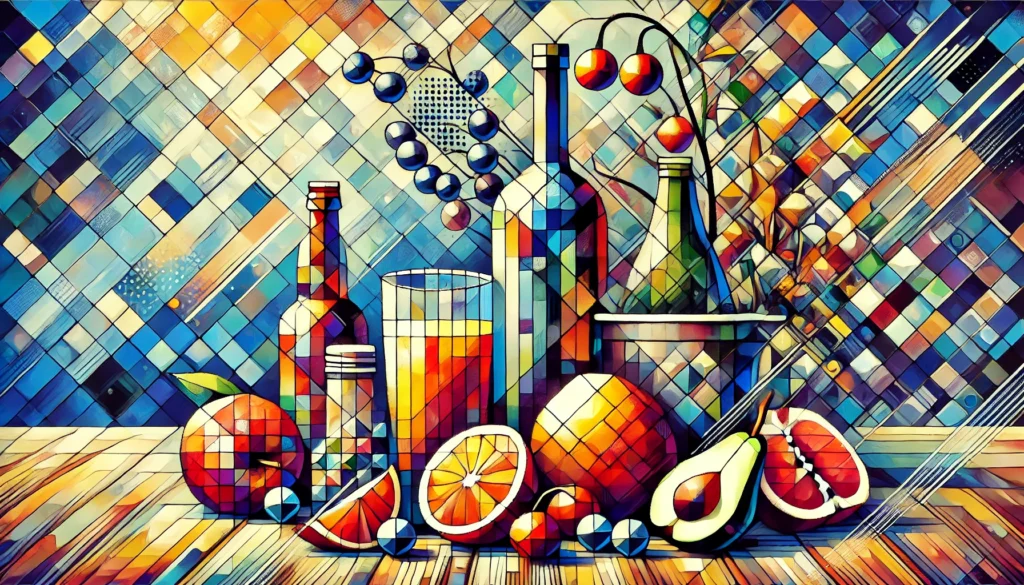
🎨 Pablo Picasso is one of the most celebrated artists of the 20th century. 🖌️
Imagining him using AI art tools feels surreal. 🤖
Picasso broke away from tradition, creating new ways to see and interpret art. 🖼️
But if AI tools had existed in his time, would he have embraced them? 🤔
Let’s explore his innovative spirit, the possibilities of AI, and how he might have used modern technology. 🌟
Picasso’s Endless Curiosity and Innovation
Picasso was driven by relentless curiosity throughout his career. 🧐
He explored many styles and media, from his Blue and Rose periods to creating Cubism, which transformed art. 🎨
He also worked with sculpture, ceramics, printmaking, and mixed media, combining materials in new ways. 🏺📜
Picasso’s desire to push each medium’s limits was clear. 🚀
If he saw AI tools as a new form of expression, he might have eagerly tried them too. 🤖
The Potential of AI as a Creative Medium
AI art tools like DALL-E, Midjourney, and Stable Diffusion create new possibilities for artists. 🖼️✨
These tools turn text prompts into images, blending the artist’s vision with the machine’s “understanding” of the world. 🌍
Picasso might have been intrigued by how quickly they bring abstract ideas to life, allowing real-time experiments with forms and styles. 🧑🎨
Imagine him using DALL-E to create hundreds of Cubist figure variations—a digital “sketchbook” to inspire his paintings. 📒
The Human-Machine Interaction: Would Picasso Find a Soul in the Machine?
One challenge might have been Picasso’s belief in the “soul” of his work. 💖
He valued the human touch, feeling that each stroke held the artist’s spirit. 🎨
This might have made him skeptical of AI as a creative partner. 🤔
For Picasso, art reflected his life and emotions—it was personal, messy, and human. 🖌️
AI, on the other hand, works through patterns and algorithms, without human experience. 🤖
Would Picasso have found this too sterile, or seen it as a new way to spark thought and emotion? 🌟
The Collaborative Potential: Picasso and AI Together
An exciting possibility is Picasso using AI as a collaborator, not just a tool. 🤝
AI could add unpredictability to his creative process. 🌀
Picasso once said, “I paint objects as I think them, not as I see them.” 🖌️
AI might have helped him explore this idea, generating shapes and colors that challenged his own vision. 🎨
With AI, Picasso could easily experiment with new forms, turning simple subjects into abstract, thought-provoking pieces. 🧩
Imagine him creating a Cubist AI collage, blending geometric shapes and colors into something entirely new, pushing the limits of art and technology. 🚀
The AI-Powered Legacy of Picasso’s Style
If Picasso used AI, he wouldn’t be alone. 👥
Many artists today use AI to continue his legacy of experimentation and abstraction. 🎨
They reimagine cubist portraits, add surrealism to landscapes, and create new digital art styles. 🌄
Picasso’s style has already been revived and reinterpreted through AI, showing that these tools can create a kind of collaboration across time. 🕰️
Final Thoughts: Would Picasso Approve?
If Picasso were alive today, he might approach AI art tools with curiosity, some skepticism, and a playful spirit. 🤔🎨
His inventive mind could be intrigued by creating with a machine, yet value a personal connection to his work. 💖
Picasso challenged every medium he used, so he might use AI to spark creativity, not to replace it. 🚀
Would Picasso embrace AI art tools? 🤔
Likely not as a substitute for traditional methods, but as a new way to explore. 🌍
For artists today, AI bridges imagination and creation, expanding art’s possibilities. ✨
Picasso would likely have wanted that—to push boundaries, explore new forms, and continue his legacy of reinvention. 🖌️
While we can’t be sure, one thing is clear: Picasso would probably have made AI his own, creating art that celebrated and questioned technology’s role in human experience. 🌍
And in doing so, he’d change how we see the world once again. 🌟🖼️
📣 Free Guide
Never Run Out of Ideas Again: The Ultimate Guide to Ai Art Prompts

Leave a Reply